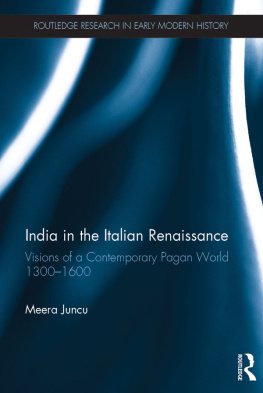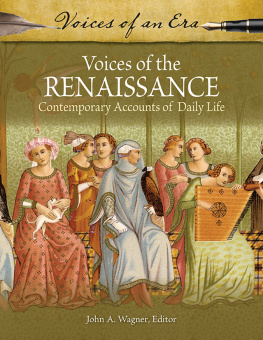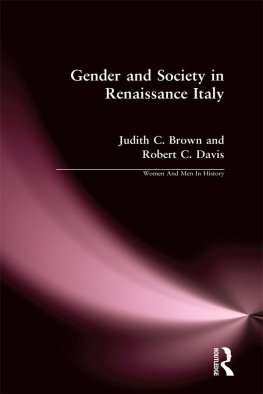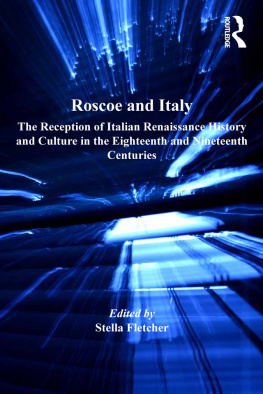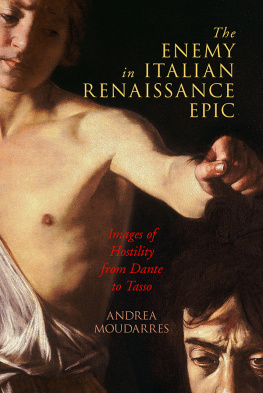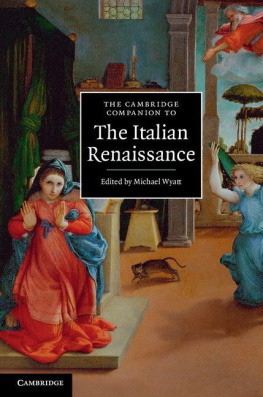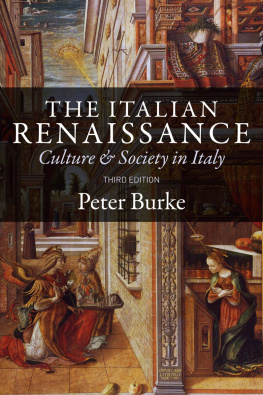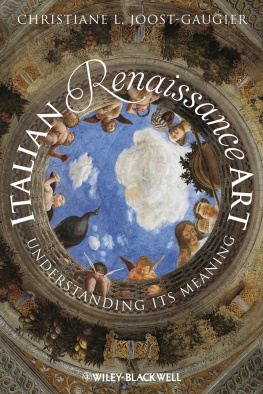India in the Italian Renaissance
India in the Italian Renaissance provides a systematic, chronological survey of early Italian representations of India and Indians from the late medieval period to the end of the sixteenth century, and their resonance within the cultural context of Renaissance Italy. The study focuses in particular on Italian attitudes towards the inhabitants of the Indian subcontinent and questions how Renaissance Italians, schooled in the admiration of classical antiquity, responded to the challenge of this contemporary pagan world.
Meera Juncu draws from a wide-ranging selection of contemporary travel literature to trace the development of Italian ideas about Indians both before and after Vasco Da Gamas landing in Calicut. After an introduction to the key concepts and a survey of inherited notions about India, the works of a diverse range of writers and editors, including Marco Polo, Petrarch and Giovanni Battista Ramusio, are analysed in detail. Through its discussion of these texts, this book examines whether India came in any way to represent a pagan civilisation comparable to the classical antiquity celebrated in Italy during the Renaissance.
India in the Italian Renaissance offers a new and exciting perspective on this fascinating period for students and scholars of the Italian Renaissance and the history of India.
This book offers an original exploration of Italian cultural responses to the Indian subcontinent between 1300 and 1600, focussing upon travel and geographical literature. India in the Italian Renaissance tracks changing representations of Indians over these three centuries through a survey of a remarkably rich range of texts by travel writers, explorers, humanists, Jesuits, and merchant. This is the most comprehensive and wide-ranging treatment of the topic available and it will be of interest to scholars and students working in a range of fields from post-colonial studies to travel writing and from medieval to Renaissance studies.
Simon Gilson, University of Warwick, UK
Meera Juncu received her doctorate in Italian Renaissance studies from the University of Cambridge.
Routledge research in early modern history
In the same series:
Penury into Plenty: Dearth and the Making of Knowledge in Early Modern England by Ayesha Mukherjee
Violence and Emotions in Early Modern Europe edited by Susan Broomhall and Sarah Finn
India in the Italian Renaissance: Visions of a Contemporary Pagan World 13001600 by Meera Juncu
Forthcoming:
The English Revolution and the Roots of Environmental Change: The Changing Concept of the Land in Early Modern England by George Yerby
Honourable Intentions? Violence and Virtue in Australian and Cape Colonies, c. 1750 to 1850 edited by Penny Russell and Nigel Worden

First published 2016
by Routledge
2 Park Square, Milton Park, Abingdon, Oxon OX14 4RN
and by Routledge
711 Third Avenue, New York, NY 10017
Routledge is an imprint of the Taylor & Francis Group, an informa business
2016 Meera Juncu
The right of Meera Juncu to be identified as author of this work has been asserted by her in accordance with sections 77 and 78 of the Copyright, Designs and Patents Act 1988.
All rights reserved. No part of this book may be reprinted or reproduced or utilised in any form or by any electronic, mechanical, or other means, now known or hereafter invented, including photocopying and recording, or in any information storage or retrieval system, without permission in writing from the publishers.
Trademark notice: Product or corporate names may be trademarks or registered trademarks, and are used only for identification and explanation without intent to infringe.
British Library Cataloguing-in-Publication Data
A catalogue record for this book is available from the British Library
Library of Congress Cataloging-in-Publication Data
Juncu, Meera.
India in the Italian Renaissance : visions of a contemporary pagan world 1300-1600 / Meera Juncu.
pages cm. (Routledge research in early modern history)
Includes bibliographical references and index.
1. ItalyRelationsIndia. 2. IndiaRelationsItaly. 3. ItalyCivilization12681559. 4. IndiaForeign public opinion, Italian.
5. IndiaIn literature. 6. ItalyIntellectual life. I. Title.
DG499.I53J86 2015
303.4825404509024dc23
2015009257
ISBN: 978-1-138-86082-7 (hbk)
ISBN: 978-1-315-69673-7 (ebk)
Typeset in Times New Roman
by Swales & Willis Ltd, Exeter, Devon, UK
The publishers would like to thank the following for their permission to reproduce copyright material: Biblioteca Nazionale Centrale Firenze, Bibliothque Nationale de France and The British Library Board.
Introduction
Conventional histories of Italian culture tend to categorise the fourteenth to seventeenth centuries as a period of energetic cultural renewal, or Renaissance, inspired by the revival of classical (i.e. ancient Graeco-Roman) forms and ideas. Although this concept of Renaissance is a problematic one, it is true that one of the most striking trends of fifteenth-century Italy was the openness of a predominantly and professedly Christian cultural elite towards a particular pagan culture, classical antiquity, which they regarded not simply as their patrimony but as a model of civilisation. The attitude is summed up in Leonardo Brunis famous recommendation of classical studies, the studia humanitatis, as studies that perfect and adorn a human being. Yet the same chronological period which saw classical culture invested with such transformative powers in Italy also witnessed Western Europes discovery and re-discovery of vast swathes of the globe. Many of these paesi retrovati or re-discovered lands to borrow a phrase from a popular early sixteenth-century text had large non-Christian populations. The coincidence of what has been called the re-discovery of classical antiquity with the re-discovery of the world gives rise to an interesting question, namely: how did Italians over this period respond to the challenge of contemporary pagan cultures? A certain element of patriotism fuelled their admiration for the classical world, but one wonders how receptive Italians in the fourteenth to seventeenth centuries proved to be to pagan cultures, when these were living (i.e. contemporary), and other (i.e. non-Graeco-Roman).
The present study attempts to explore early Italian cultural responses to one particular part of this re-discovered world: the Indian subcontinent, which then, as now, had large Hindu populations. Its first aim is to provide a systematic chronological account of the received ideas about pagan Indians in Italian culture from the late-medieval period to the end of the sixteenth century, analysing how such representations, and the values embedded in them, changed and mutated as actual European encounters with Indians became more intense. The second aim is a complementary one: to establish how the new received images of Indians resonated with their early Italian audiences not always an easy undertaking given the ravages of time. Finally, by drawing the various threads of our enquiry together at the end, I hope to leave the reader with a better understanding of the global interests of Renaissance Italians and to satisfy curiosity as to whether the Indian contemporary pagan world ever came before 1600 to be regarded as on par with classical antiquity.

